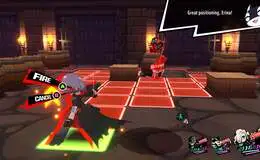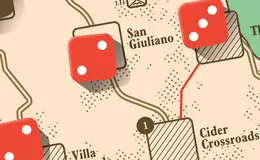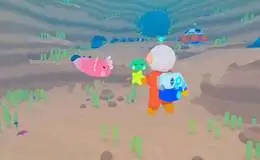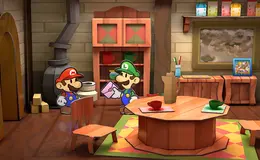Videogames can have a positive impact on the world, and researchers have found an interesting way to use one particular game called Age of Empires 2. They used this game to study how the environment affects the balance of power between two types of ants: the indigenous Australian “meat ant” and the invasive Argentine ant.
To understand their research, let’s first talk about Lanchester’s Laws. These laws were created before World War I and help us understand battles and tactics. Lanchester’s Linear Law explains battles in ancient times when soldiers fought with handheld weapons like spears. It shows that each soldier can only fight one other soldier at a time. On the other hand, Lanchester’s Square Law describes battles with modern weapons like guns, where even a small advantage in numbers leads to a big victory because soldiers can focus their fire on one enemy at a time.
Now back to the ants. The Australian meat ants are stronger and larger, like modern troops with advanced weapons. The Argentine ants are smaller and weaker, more like soldiers with older weapons. However, the advantage of being bigger and stronger is canceled out by something called terrain or choice of landscape.
The researchers set up battles in Age of Empires 2 between Teutonic Knights (representing Australian meat ants) and two-handed swordsmen (representing Argentine ants). They fought on battlefields with or without chokepoints, which are narrow passages that make it harder for enemies to pass through. They also conducted real-life lab battles between these ant species using different “RTS maps” made from wooden board strips glued together.
The results showed that chokepoints made a huge difference just as they do in the game. Clearing land for human purposes gives an advantage to smaller invading species like Argentine ants. Youtuber Spirit Of The Law has a video that explains this well if you’re interested in learning more about the math behind it.
Interestingly, the researchers also found that sometimes the ants in the lab battles refused to fight each other. This supports their idea that when ant species are brought together due to human activities, conflicts can arise even if they have no evolutionary history of contact. It’s important to note that “war” might not mean the same thing for ants as it does for humans.
This research is quite intriguing and shows us how choices we make about our environment can affect different species. It’s worth thinking about this topic more deeply. The paper mentions that according to Western Australian law, using ants (except decapods and cephalopods) in research doesn’t require animal ethics approval.
So, by studying a videogame and observing real-life battles between ants, these scientists have provided valuable insights into how our actions can impact different species in ways we may not have considered before.
What Children will Enjoy
- Children who enjoy playing Age of Empires 2 may find it interesting that scientists are using the game to study ants.
- They can learn about different ant species and how they interact with each other in a simulated battle.
- The use of chokepoints in the game and real-life environments is discussed, which can be exciting for children who enjoy strategic thinking.
- There is a video available that explains the math behind the research in an easy-to-understand way.
Key Facts
- Scientists are using Age of Empires 2 to study how human activities impact the balance of power between different ant species.
- The research shows that the advantage possessed by larger ants is cancelled out by the choice of terrain, specifically chokepoints.
- The study suggests that clearing ground for human purposes gives smaller ant species an advantage.
- Ants brought into contact with each other due to human activities may engage in conflict, even though “war” may not be a concept in their world.
- The use of insects in research does not require animal ethics approval under Western Australian law.





